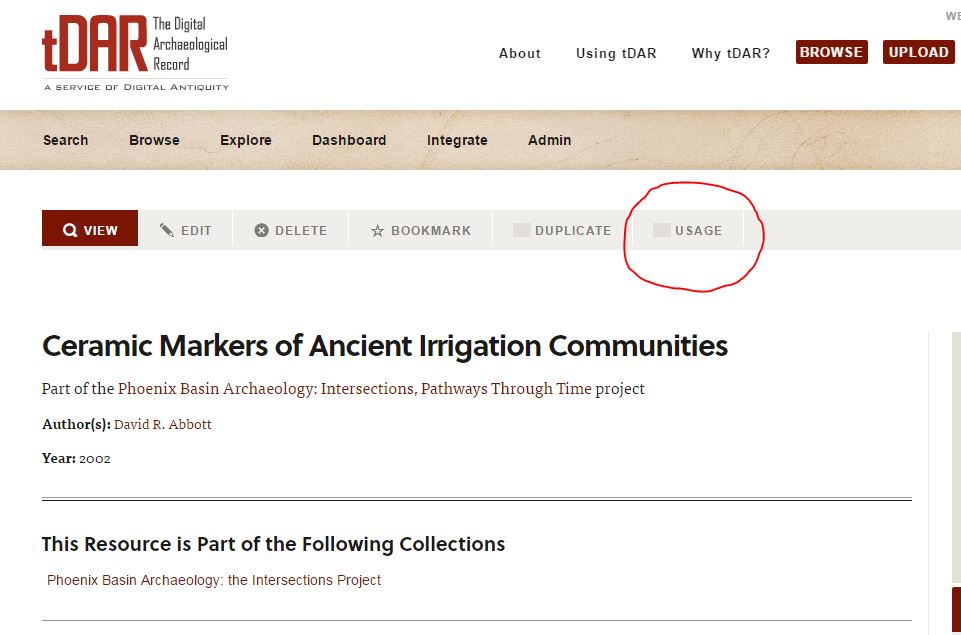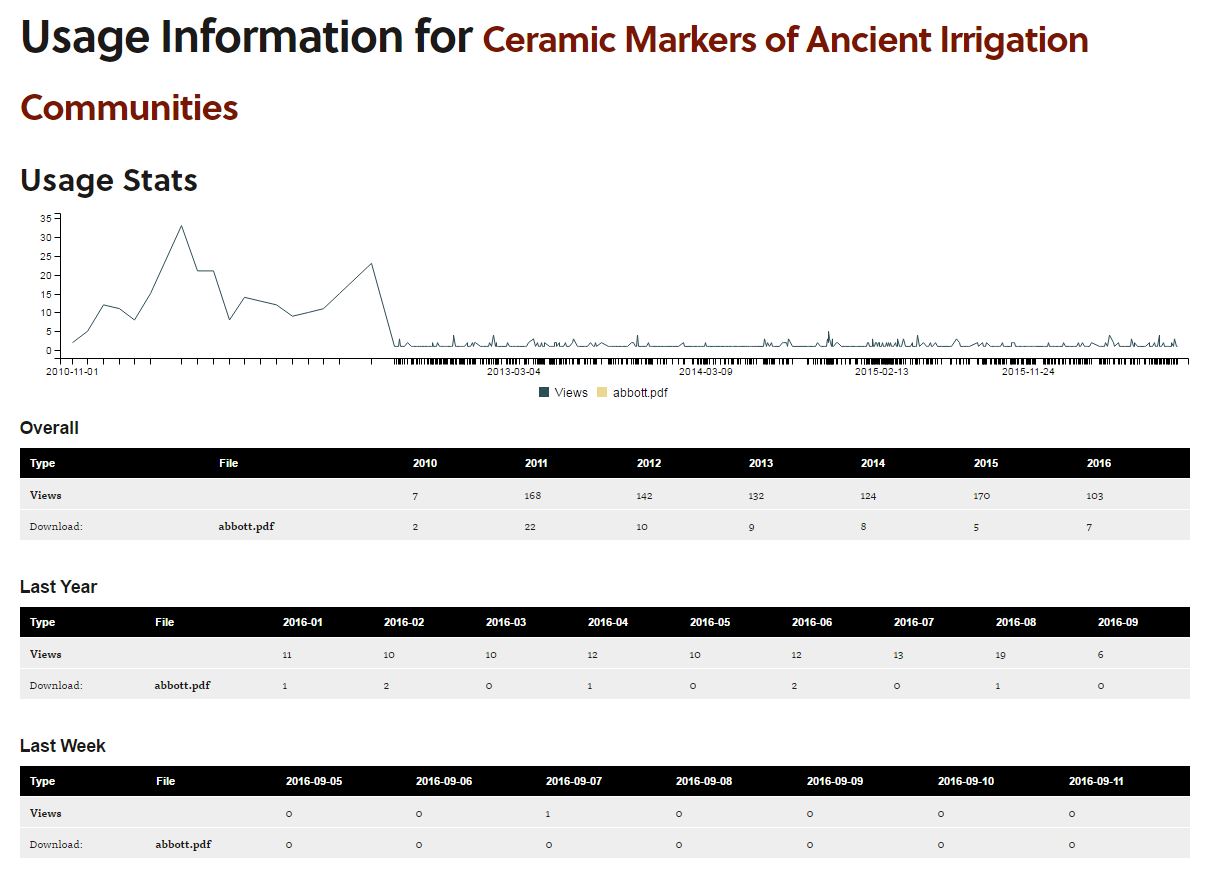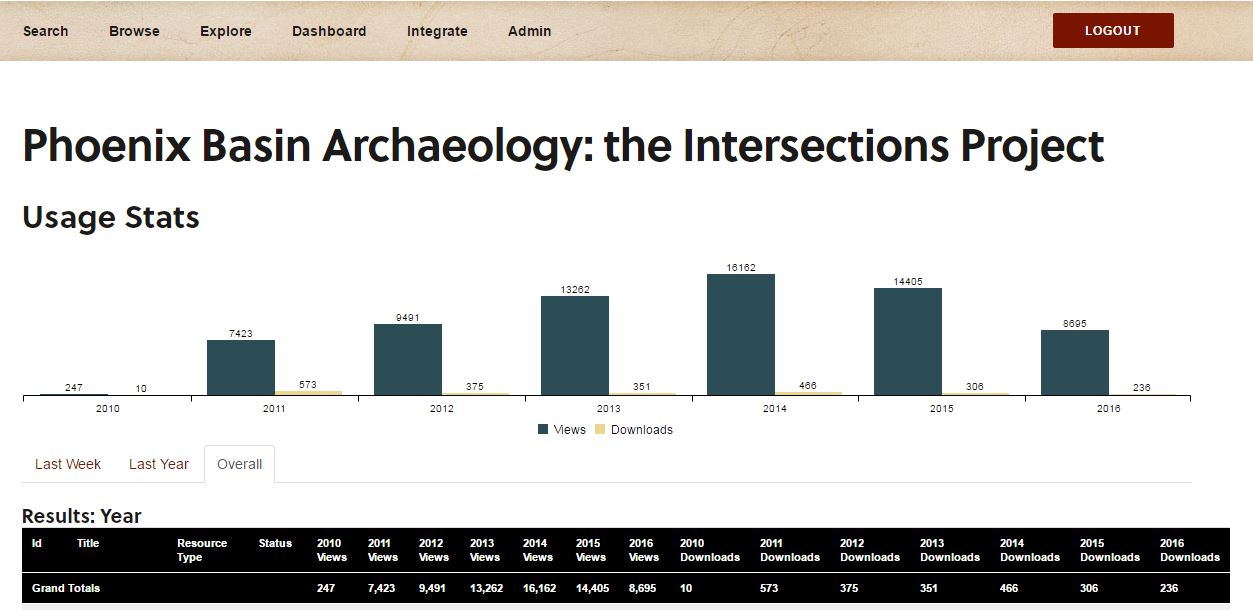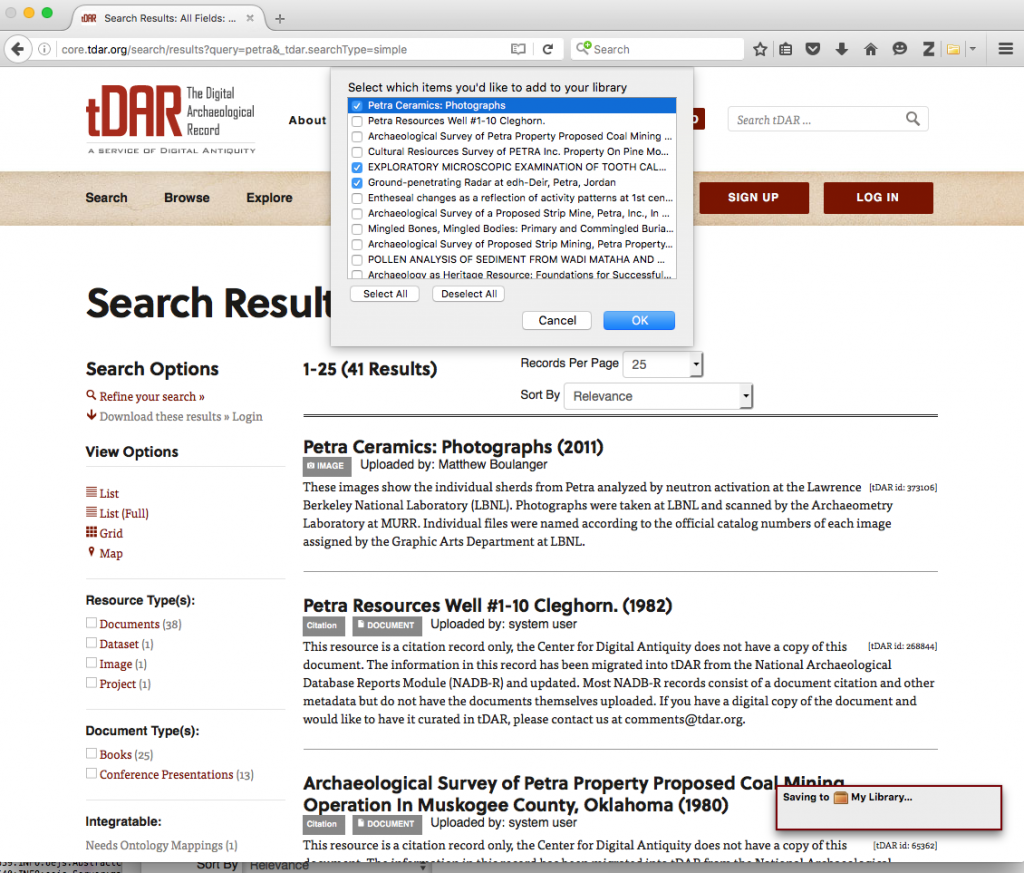The Carlsbad Field Office of the Bureau of Land Management uses tDAR to preserve and make available resources created under the Permian Basin Programmatic Agreement. To date, three projects and 18 additional resources have been added to tDAR as part of this PA. Contractors perform the work, and upload redacted, public-appropriate resources to tDAR on behalf of the BLM. Read on for a taste of some of the fascinating work at the Merchant Site carried out by Versar, Inc., and visit the Digital Repository of the Bureau of Land Management, Carlsbad Field Office’s collection in tDAR for all of the completed work that is currently available to the public.
The Merchant Site: A Late Prehistoric Ochoa Phase Settlement in Southeastern New Mexico
By Myles R. Miller, Tim B. Graves, and Robert H. Leslie
The Merchant site (LA 43414) is a Late Prehistoric Period pueblo settlement located in the southeastern corner of New Mexico near the boundary where the basin-and-range region merges with the southern Plains. The Merchant site is representative of the Ochoa phase, a poorly understood time period of southeastern New Mexico dating from around a.d. 1300/1350 to 1450. The Ochoa phase, and the El Paso and Late Glencoe phases of the closely related Jornada Mogollon region to the west, are contemporaneous with the Pueblo IV period of the greater Southwest, the Antelope Creek phase of the southern Plains, and the Toyah phase of central Texas. As such, Merchant and other Ochoa phase settlements were part of the widespread patterns of population aggregation, migrations, and diasporas and accompanying developments in social and ritual organization that occurred throughout the Southwest, northern Mexico, and southern Plains during the fourteenth and fifteenth centuries.
The Merchant site was first excavated by the Lea County Archaeological Society (LCAS) between 1959 and 1965, but the results of the excavations were never fully reported. The excavated units and features were never backfilled. In order to remedy this situation, the Carlsbad Field Office of the Bureau of Land Management contracted Versar, Inc. to perform remedial mitigation and investigation of the Merchant site under the Permian Basin Programmatic Agreement. The 2015 fieldwork included a high-resolution Transect Recording Unit survey, surface mapping and collections, remote sensing, hand and mechanical excavations, and geomorphic studies. The entire site of LA 43414 was surveyed and mapped, identifying several areas of prehistoric occupations including possible agricultural fields. The primary focus of the fieldwork was the village area excavated by the LCAS and the possible agricultural fields located 100 meters to the north.
The primary occupation of the Merchant site consists of a group of domestic rooms with stone foundation walls, two deep pit structures, and extensive trash middens. Excavations in two large and deep pit structures excavated by the LCAS in 1959 and 1960 determined that they served as civic-ceremonial structures. One of the potentially most significant findings was the discovery of possible agricultural gridded fields to the north of the village area. Geomorphological, archaeological, and botanical studies were conducted in two possible agricultural features but the results are equivocal. If future investigations confirm the presence of such features, they will represent the easternmost expression of Southwestern intensive farming practices.
The most significant finding of the reinvestigation of the site is that the architecture and material culture of the Merchant site and other Ochoa phase settlements represents a mixture or hybrid or something entirely new of Southwest and Plains traditions. The collective observations on architecture and material culture establish that the inhabitants of the Merchant site—whether involving one or several resident groups—forged new social identities and perhaps even some manner of hybrid material culture on the southern Plains of the 1300s and early 1400s. The creation of the unique Ochoa Indented Corrugated ware among the Ochoa phase people of southeastern New Mexico is a visible and prominent identifier of the new social identity of the Ochoa phase migrant communities. The manner in which the Plains hunters and pueblo agriculturalists interacted—whether symbiotically through exchange, by merging and creating new expressions of ethnicity and identity, or through conflict and warfare—is an important and fascinating topic of investigation for Southwestern and Plains prehistory and broader anthropological theory. The Merchant site and other Ochoa phase settlements of southeastern New Mexico have much to offer for such pursuits.




